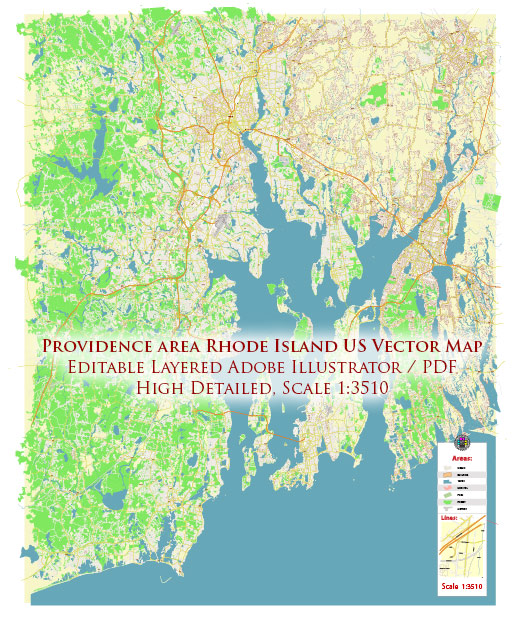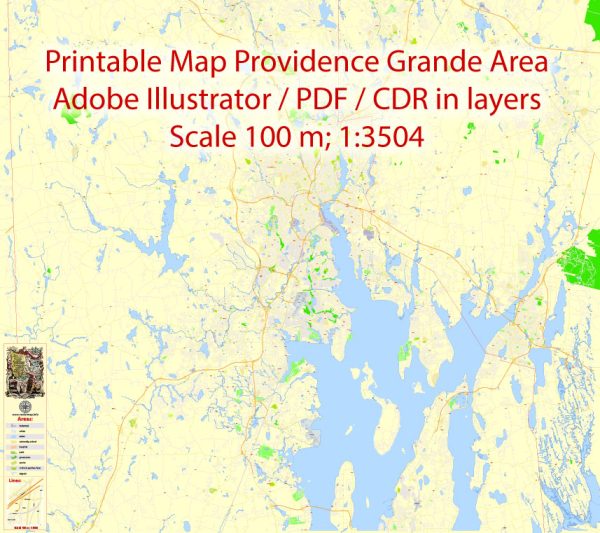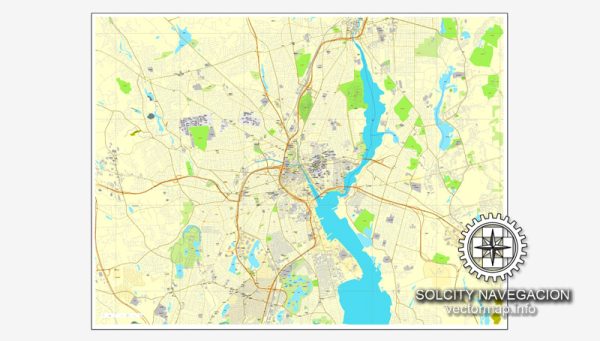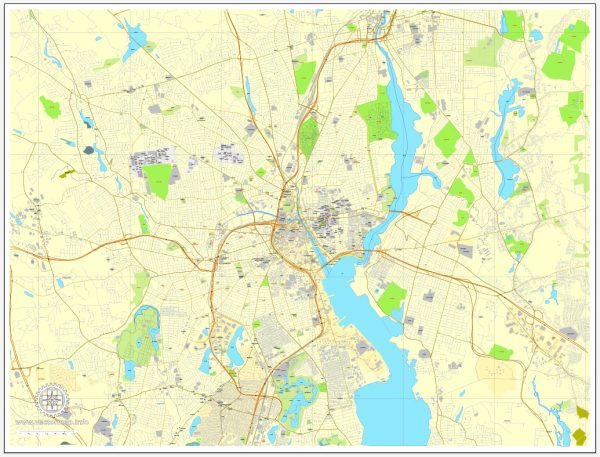Providence, Rhode Island, has a rich history of urban development that spans several centuries. Here is a brief overview of the key phases in the city’s urban development:
- Colonial Era (17th Century):
- Providence was founded by Roger Williams in 1636, making it one of the oldest cities in the United States.
- The city’s early development was characterized by its commitment to religious freedom and tolerance, attracting a diverse population.
- Industrial Revolution (late 18th to 19th Century):
- Providence played a significant role in the Industrial Revolution, becoming a major manufacturing and industrial center.
- The city’s waterways, particularly the Woonasquatucket and Moshassuck Rivers, were harnessed to power mills and factories.
- The development of textile and jewelry industries contributed to the city’s economic growth.
- Expansion and Immigration (late 19th to early 20th Century):
- The late 19th century saw a period of rapid urbanization and population growth, fueled by immigration and industrialization.
- Immigrants from various countries, including Ireland and Italy, settled in Providence, contributing to the city’s cultural diversity.
- The built environment expanded with the construction of tenement housing and commercial structures.
- Urban Renewal (mid-20th Century):
- Like many American cities, Providence experienced urban renewal initiatives in the mid-20th century, leading to the clearance of older neighborhoods.
- Notable projects included the construction of the Rhode Island State House and the relocation of Interstate 195, which had a significant impact on the city’s landscape.
- Post-Industrial Era (late 20th Century to present):
- Providence, like other industrial cities, faced economic challenges in the post-industrial era as manufacturing declined.
- The city has undergone revitalization efforts, focusing on the preservation of historic architecture, the development of the arts and culture scene, and the expansion of educational institutions like Brown University and the Rhode Island School of Design (RISD).
- Waterfront development, including the creation of Waterplace Park and the Riverwalk, has aimed to reconnect the city with its rivers.
- Knowledge and Innovation Economy (21st Century):
- In recent years, Providence has embraced its identity as a center for education and innovation.
- The city’s knowledge economy has been bolstered by the presence of universities, healthcare institutions, and a growing tech sector.
- Investments in infrastructure, including public spaces and transportation, continue to shape the urban landscape.
Throughout its history, Providence has evolved from a colonial settlement to a thriving industrial city and, more recently, a hub for education and innovation. The city’s urban development reflects broader trends in American history, including industrialization, immigration, and the challenges and opportunities of post-industrialization.





 Author: Kirill Shrayber, Ph.D.
Author: Kirill Shrayber, Ph.D.